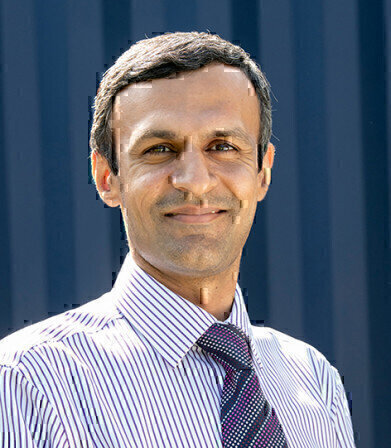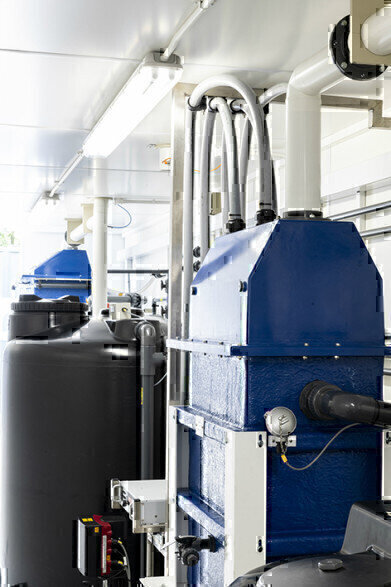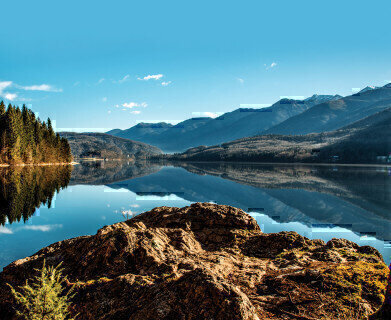Water/Wastewater
The future of water supply lies in new technology
Apr 30 2019
Dr Mikael Khan is Chief Technology Officer at Arvia Technology, a specialist wastewater treatment business. Here, he discusses the gap between water supply and demand and what organisations can do to improve water resource management ….
Access to an abundant supply of fresh water has been taken as a self-evident fact of life in the UK for centuries. After all, the country has a reputation for its wet weather.
As a consequence, Brits often take for granted the constant supply of fresh, drinking-quality water piped to their 27.2 million homes. Without hesitation, they power spray their cars and pathways, sprinkle water on their gardens, take endless baths and showers and cheerfully allow litres of water to run to waste each time they brush their teeth. And why not? There’s always been plenty more where that came from.
The UK infrastructure has evolved and developed to accommodate plentiful water supplies over centuries. Virtually every area of settled habitation in the land can trace its origins back to the existence of a nearby watercourse, be it a spring, well, stream, tributary or river system. A national network of dams and pipeline in areas of abundant supply secure an almost constant supply around the year.
Droughts present very occasional newsworthy exceptions to this rule.
According to the chief executive of the Environment Agency, Sir James Bevan, this idyllic state of affairs can only exist for the next 25 years or thereabouts. The nation is getting progressively closer to the unthinkable point where rising populations and climate change will see demand for household water exceed supply. The UK population is set to rise to 75 million by 2050, and within that timeframe it has been predicted that more than half our summers will be hotter than the prolonged 2003 heatwave.
Stark choices
There are various solutions to the impending crisis. One involves rebuilding the supply infrastructure to capture more rainfall and distribute it to 5-6 million additional homes. That said, this involves major infrastructural changes which would be at a huge cost.
Slightly less challenging is the task of educating both the present and future generations to use water more thoughtfully, either by pricing or rationing supplies. However, experience tells us that teaching entire populations to view a previously ‘free’ commodity as a new cost-centre is fraught with political obstacles.
The Environment Agency suggests there must be more investment in desalination plants to turn seawater into drinking water and providing new canals and pipelines to transfer water to more drought-prone areas, such as the South East, but again, this is a costly exercise.
New technologies
Thankfully, there are other alternatives. New technologies are facilitating the reuse of wastewater used in all manner of industrial processes, including the pharmaceutical sector, oil and gas, cosmetics, brewing, textile, food and drink and many others. There are now sustainable treatment options which enable the safe reuse of used water, to help reduce our overall consumption.
This process involves passing contaminated water though a unique filtrate and subjecting it to an electrical current.
Not only do the financial savings outweigh the costs, the amounts of water saved as opposed to being needlessly disposed of (often for trivial reasons, like slight colouration, taste or smell) could have a huge effect on our future industrial use and re-use of water. Significant potable supplies, presently designated for use by industry, could be redirected to public use. Britain’s lawns, pathways and cars could be maintained, without massively-expensive infrastructure disruption.
Rather than forcibly attempting to change the behaviour of millions of consumers to lower demand and spending billions of pounds on redistribution schemes, we should encourage the public and industrial water users to be more careful in their use of water to reduce demand.
We can make proportionately better use of the water we’ve already captured - and rendered unsuitable for drinking. Simply ridding industrial waste from harmful or undesirable characteristics and trace contaminants could add countless millions of litres to the nations’ supply.
‘Use once and throw away’, is no longer an acceptable or necessary approach to the use of our precious industrial water supplies. Rather than accept this unacceptable waste, or waste billions of pounds capturing and diverting more rainwater, industries should be encouraged to conserve, restore and safely re-use their minimally-tainted water supplies.
Events
May 05 2024 Seville, Spain
May 13 2024 Munich, Germany
May 23 2024 Beijing, China
May 23 2024 Beijing, China
Jun 10 2024 Algiers, Algeria















